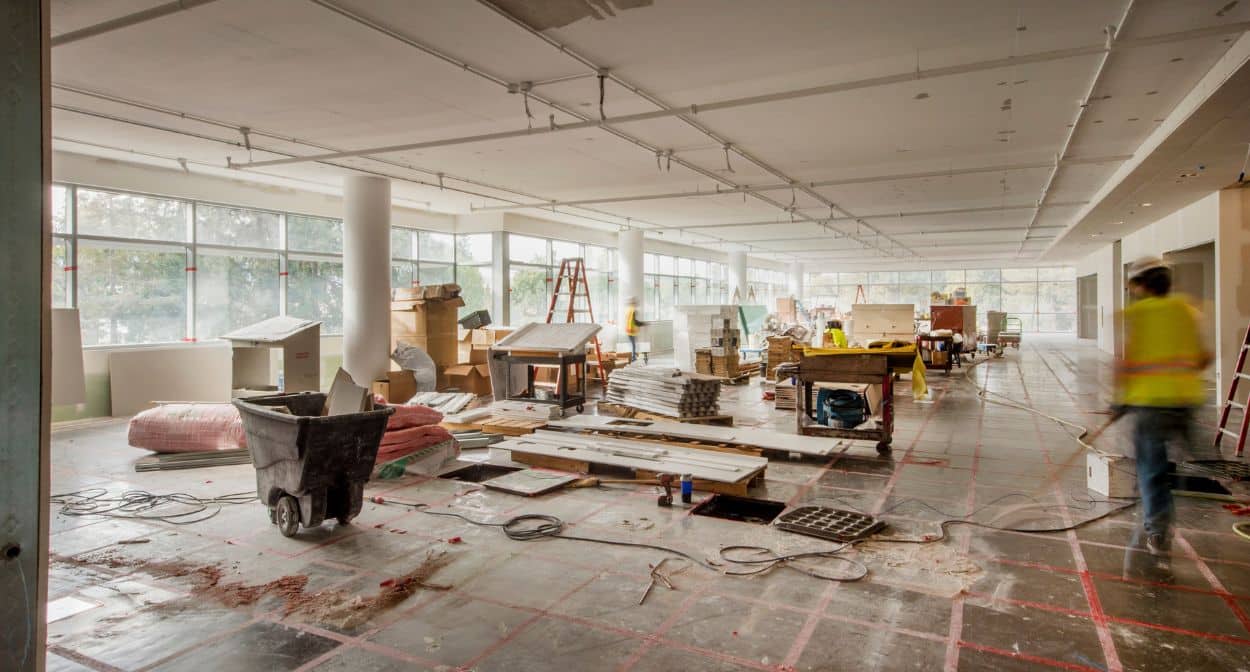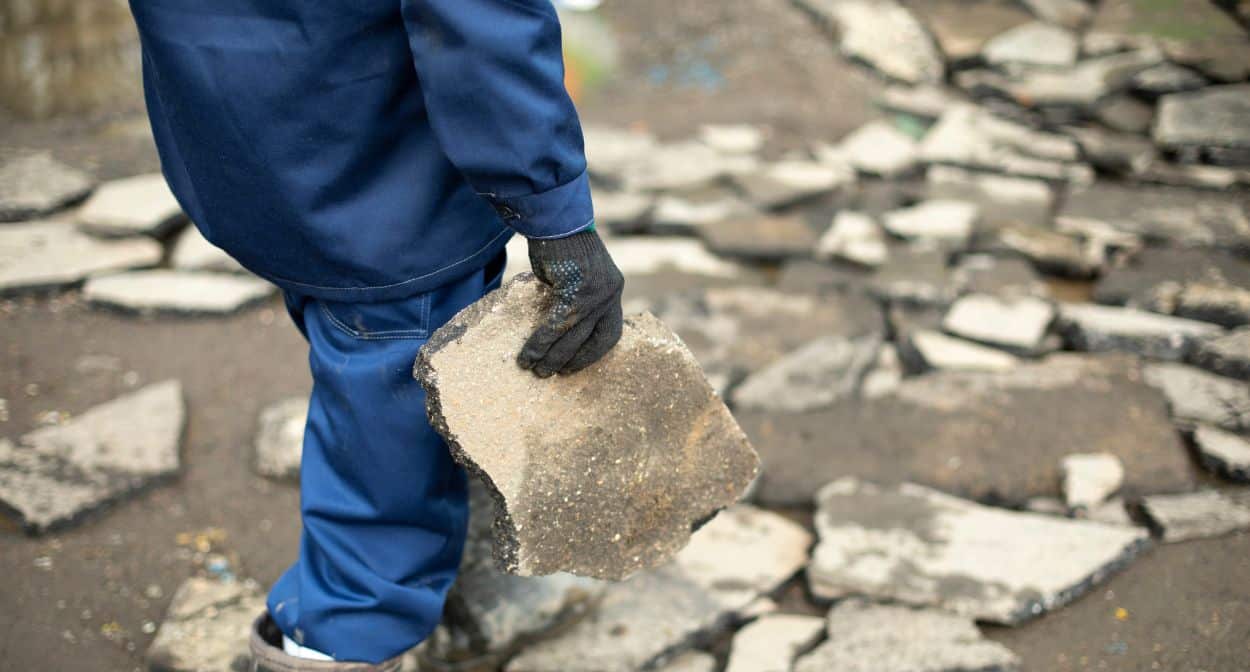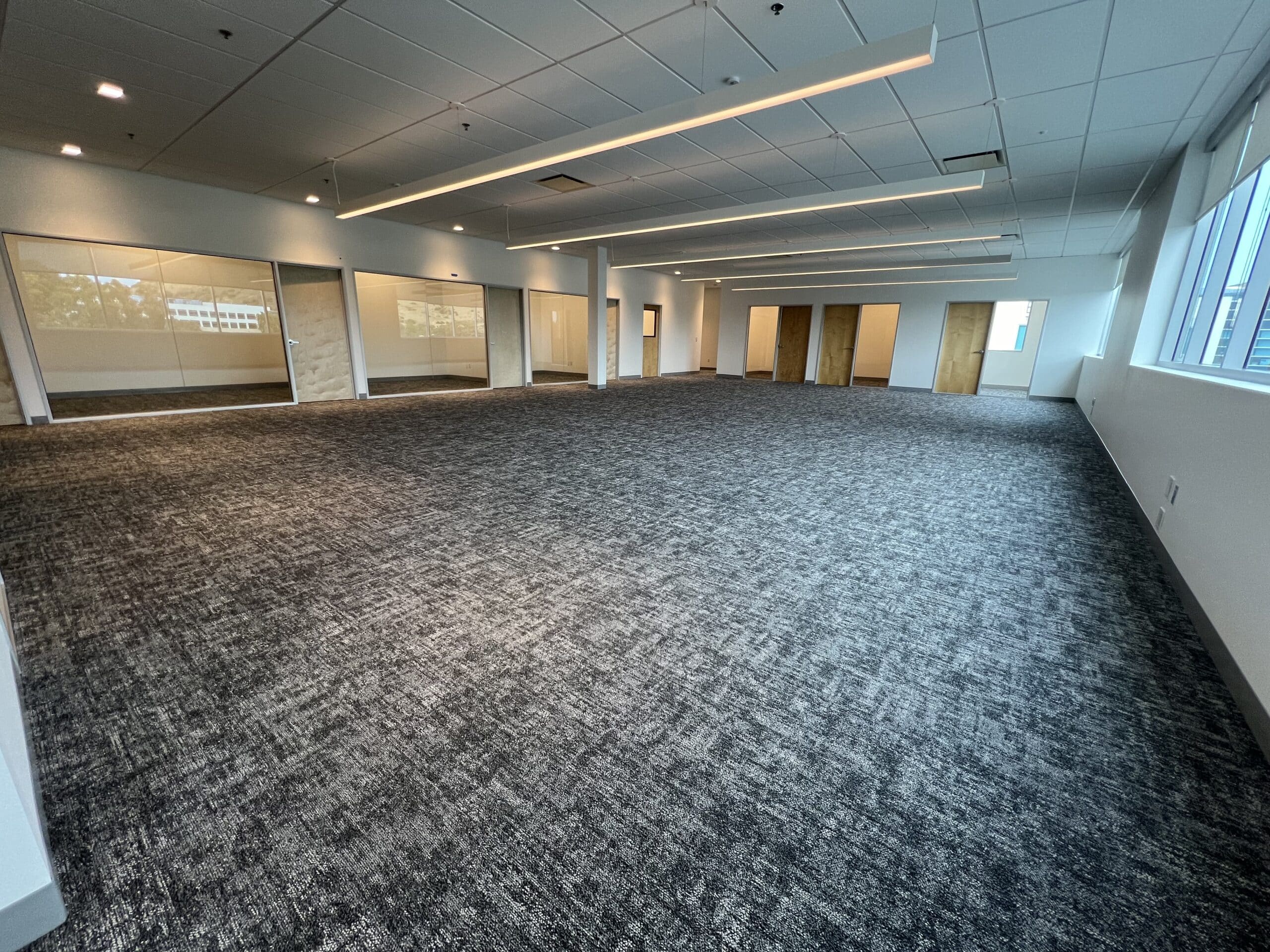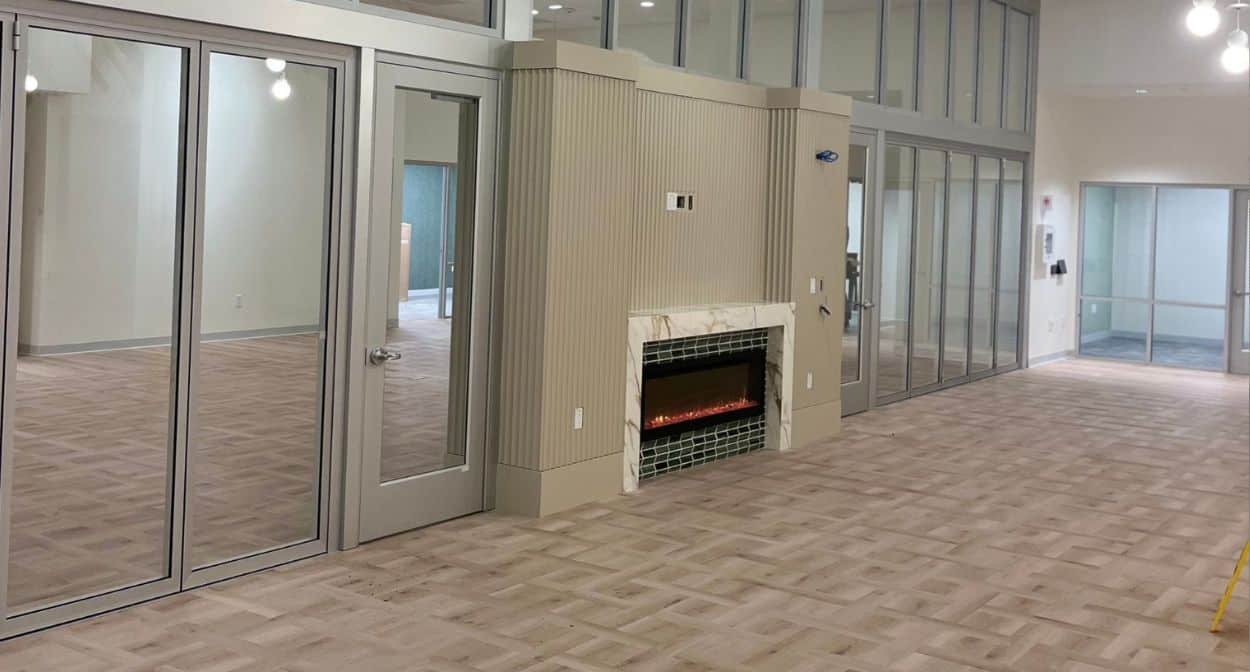What is Construction Cleaning?
Construction cleaning removes debris, dust, and other remnants left behind after construction or renovation work. This cleaning is critical to ensure the safety and cleanliness of the building and to prepare it for final inspections and occupancy. The process is usually divided into three main stages: rough cleaning, light cleaning, and final cleaning, each serving a unique purpose in the overall preparation of the site.
Types of Construction Cleaning

1. Rough Cleaning
Rough cleaning is the first phase of construction cleaning and typically occurs after the framing, plumbing, and electrical work have been completed but before the finishing touches, like flooring, painting, and fixtures, are added. This stage involves the removal of large debris, such as scraps of wood, drywall, and other materials, as well as the sweeping of floors and disposal of waste.
2. Light Cleaning
Light cleaning, also known as a touch-up clean, occurs after most construction work is complete but before the final inspection. This phase focuses on removing finer dust, dirt, and residues that accumulate during construction. It involves wiping down surfaces, cleaning windows, and ensuring that the site is free of dust and small debris that could detract from the finished appearance of the space.
3. Final Cleaning
The final cleaning is the last stage, performed just before the property is handed over to the owner or prepared for occupancy. This stage is the most detailed and thorough, ensuring that every part of the building is spotless. Final cleaning includes deep cleaning of all surfaces, floors, fixtures, windows, and even air ducts. It is designed to present the property in its best possible condition, ready for inspection, photography, and move-in.
Additional Types of Construction Cleaning

4. Exterior Construction Cleaning
While the interior of a building is the primary focus, the exterior also requires attention. Exterior construction cleaning includes power washing walls, cleaning windows from the outside, removing any remaining construction materials from the site, and ensuring that the landscape is debris-free. This type of cleaning is essential for properties where curb appeal is critical, such as commercial buildings or homes for sale.
5. Post-Construction Sanitization
In today’s world, particularly after the COVID-19 pandemic, there’s an increased emphasis on sanitation. Post-construction sanitization involves disinfecting surfaces and areas likely to harbor germs and bacteria, ensuring a safe environment for the occupants. This step may be taken after the final cleaning, especially in healthcare facilities, schools, or other environments where cleanliness is crucial.
Why is Construction Cleaning Important?
Proper construction cleaning is vital for several reasons. First, it ensures the property is safe for occupants by removing potentially hazardous materials and debris. It also enhances the property’s appearance, making it more appealing to potential buyers or tenants. A thorough cleaning is often required to pass final inspections and obtain necessary certifications or approvals.
Practical Tips for Effective Construction Cleaning

- Plan Ahead: Coordinate with the construction team to schedule cleaning at the right times during the project to avoid any delays.
- Use the Right Equipment: For the heavy-duty cleaning required, utilize industrial-grade vacuums, sweepers, and cleaning agents.
- Pay Attention to Details: Don’t overlook small areas such as corners, baseboards, and behind fixtures, as these can accumulate dust and dirt.
- Ensure Safety: Always wear appropriate protective gear, including gloves, masks, and safety goggles, especially when dealing with hazardous materials.
Conclusion
Understanding the different types of construction cleaning is essential for anyone involved in a building project. Each stage, from rough cleaning to the final clean, is crucial in preparing the site for its next phase. By following best practices and ensuring thorough cleaning at every step, you can help ensure the property is safe, attractive, and ready for use.
If you need professional construction cleaning services, Quality Matters, LLC offers expert solutions tailored to your project’s unique needs. Contact us today to learn more.

